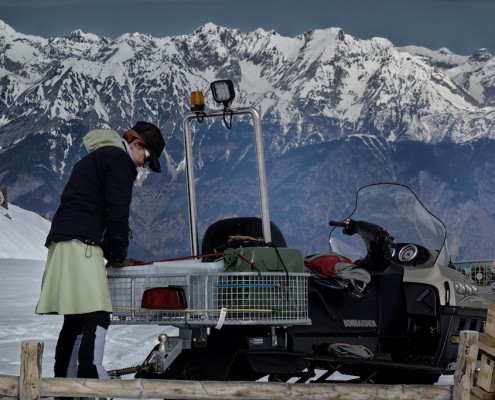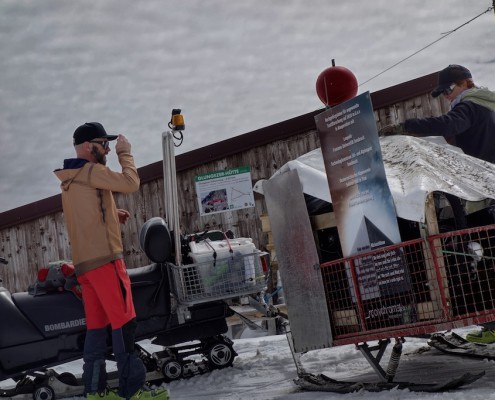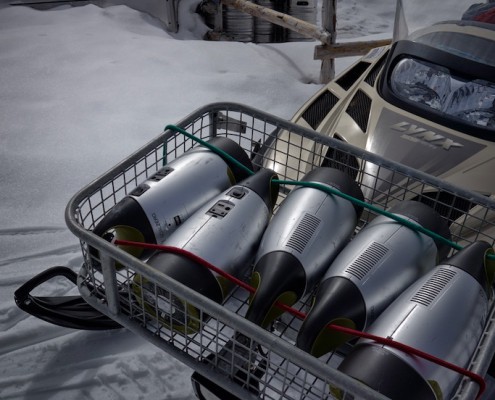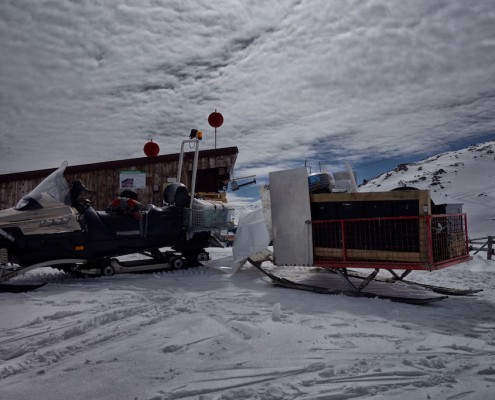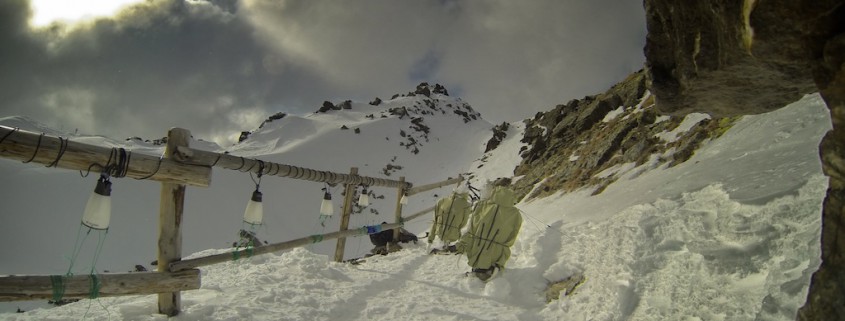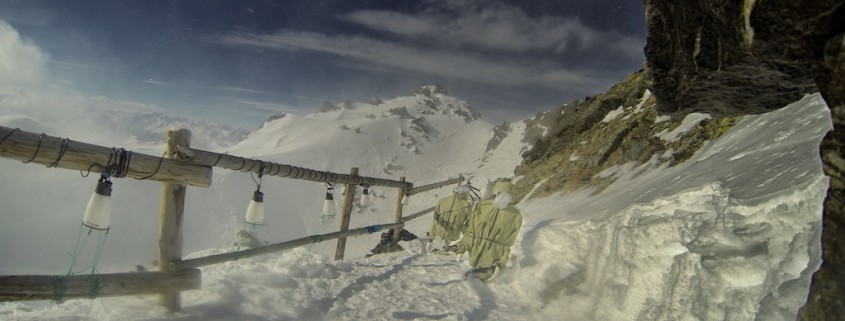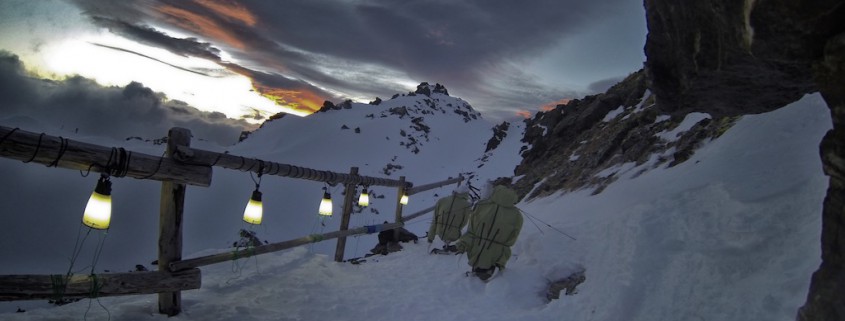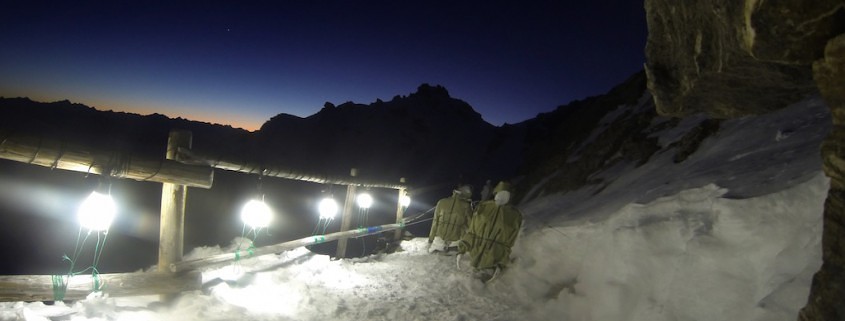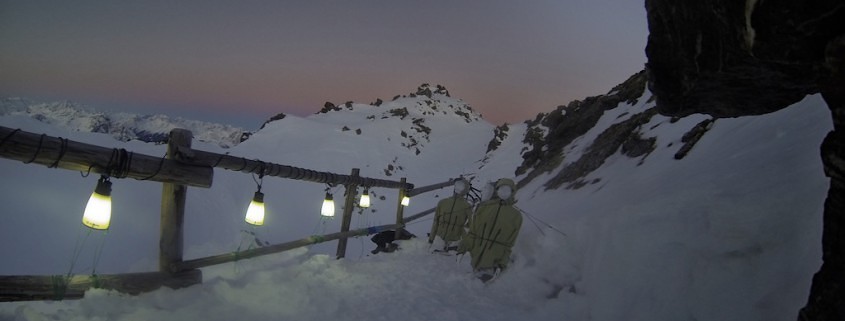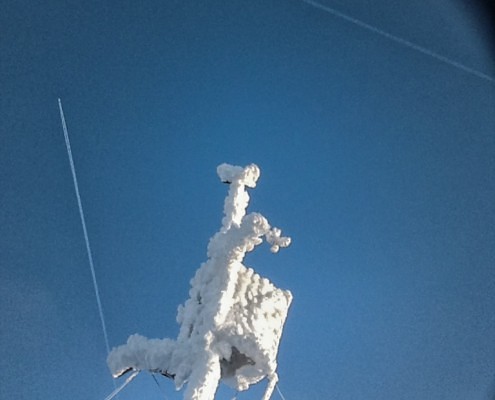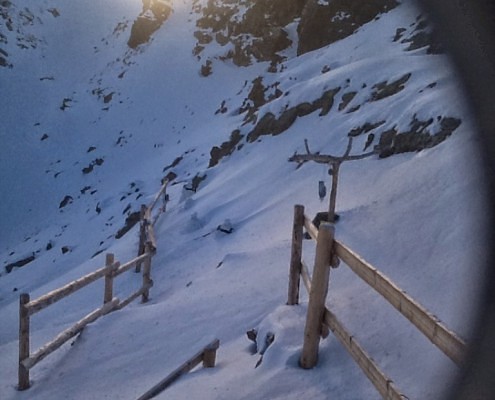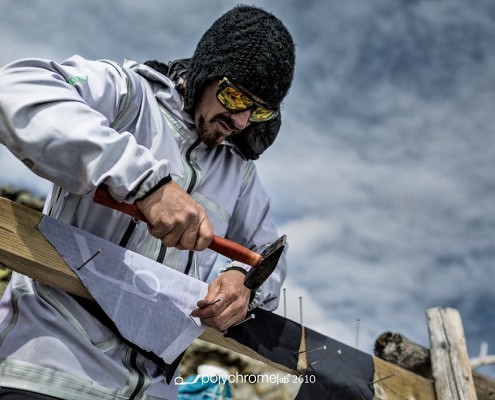Alpine Proof: World’s Highest Alpine Lab
Moving to Serfaus Fiss Ladis: World’s Highest Textiles Research Lab
A pile of moving boxes and trunks. The change of scenery takes shape. A change of scenery in the name of innovation. When we first introduced Alpine Proof we located world’s highest textiles research lab at the Glungezer on 2610 meters. This site is unique and extreme, but it isn’t extreme enough for Alpine Proof’s aims: At our new destination Serfaus Fiss Ladis Alpine Proof is able to analyse the interaction of man and textile under strain in alpine regions even better. The goal is to pursue innovation to its very limits to get world’s best textiles.
Part 2: How to Move an Alpine Lab?
To achieve our goals we take on us this extra workload the move means and dismantle Alpine Proof alpine lab at Glungezer and rebuild it in Serfaus Fiss Ladis. This is how it’s done: Weather at Glungezer always was indescribably extreme, one of a kind, majestic, about what it is remembering us on that very day like it’s trying to make our goodbye and move to Serfaus even harder.
And there it was! It’s spring in Tyrol and everywhere snow! It took only one night and suddenly one needs a quad to transport stuff of Alpine Proof alpine lab from 2610 meters into the valley. Thanks again to Gregor from Gufl youth hostel for borrowing us his quad!
After this uphill rollercoaster ride we started packing. This equipment contains a meteo station, batteries for solar panels from Goal Zero, concrete which we initially needed for fixing, cabels, dummies and our ergometer mountainbike which soon is enjoying the view on upper Inntal.
Here’s part one of our moving story of moving to Serfaus Fiss Ladis.
Continue reading our story with part three: the rocky trail of innovation.

